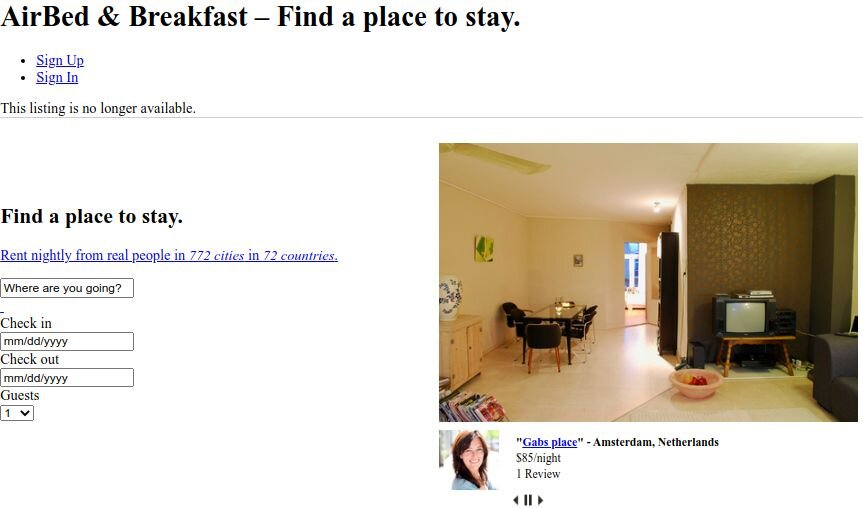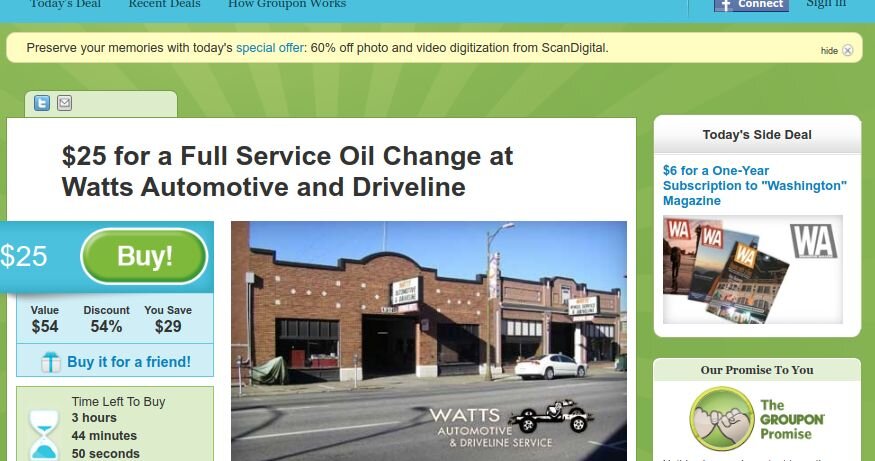Seven Questions That Will Inspire Ideas for Your MVP
The term minimum viable product (MVP) was popularized by Eric Ries in his book, The Lean Startup.
An MVP is a trimmed down version of a final product. It contains just enough feature set so that end users can judge whether they are willing to pay for the idea behind a product.
What are the benefits of building an MVP first?
Test a hypothesis early and cheap
MVPs are built with the smallest team at the shortest time possible. This means ideas can launch as products in a matter of weeks. Validating a hypothesis early gives business owners a chance to decide if they want to put more capital into further development. If they choose to continue building, an MVP gives them a user-sourced idea into how they want to shape a product.
Find out what customers want
When customers use an MVP, they give feedback when they:
- Show interest for the product by signing up
- Favor certain features over others
- Discontinue the use of a product (the dreaded churn)
MVPs are the critical turning point between an idea and a final product. If you are a business owner looking to build your own software, consider building an MVP first.
This article goes over questions that you can ask when planning an MVP; and examples of how successful companies answered those questions.
What assumptions do you want to validate?
Case study: Zappos
Zappos came out of founder Nick Swinmurn's frustration of not being able to find the shoes he wants at his local mall. He thought there must be a way to use the Internet to buy and sell shoes. This was in 1999. Back then, online commerce was barely a thing.
Nick headed out to his local shoe stores and convinced them to allow him to take photos of their shoes. Whenever a customer purchased shoes through Zappos, he would go to the store, purchase the shoes himself, and mail the order.
He proved an assumption that was radical back then: people were willing to buy shoes from the internet.
Nick started a multi-million dollar company at the lowest overhead possible.
Zappos website in April 2000. From archive.org.
What is the market gap that you want to fill?
Case study: Etsy
By the time that Etsy founders launched their minimum viable product, big selling platforms like eBay already had a stronghold of the market.
But Etsy had an assumption: People want a marketplace that focused on selling handmade crafts. To test their idea quickly, the founders put together a landing page that looked like this:
Etsy’s website when they opened. Nothing fancy, just a website that works. From archive.org.
The bare minimum website confirmed it: there is a demand for a platform that focuses on craft and vintage products.
Etsy hooked their early adapters by making it easy to categorize, buy, and sell products. To increase user activity, Etsy gave product recommendations directly on user feed.
Who are your target audience?
Case study: Airbnb
Airbnb was clear about their market segments from the get-go.
Hosts: People who want to make money by leasing extra space in their house.
Guests: People who don't mind sleeping on the floor if that means they can save extra bucks.
There was no platform where these two segments could meet. Then this happened:
Airbnb’s old website. From archive.org.
The old Airbnb had no mode of payment, no maps, no booking features. But it was clearcut who their target audience were. The bare website did enough to connect hosts and guests.
Airbnb showed that what makes an MVP valuable are not its features, but the people it brought together.
What's the one thing that your customers will love?
Case study: Burbn
Burbn was released in 2009 by Kevin Systrom. It is the predecessor to the largest photo sharing app in the world.
If no one remembers Burbn, it's because the product went through a big pivot after its MVP was released.
Burbn's MVP included features that allowed users to:
- Check into locations
- Share locations with friends
- Play games
- Upload photos
- Use filters on photos
One of Burbn’s early releases. From Twitter.
Users were often lost in the app's navigation and feature overload. But there are a few things that users loved: the ability to share photos quickly, apply filters, like, and comment.
Burbn shifted their development to focus on a narrow set of features. From the stripped down version came Instagram.
How minimum is minimum?
Case study: Buffer
Buffer is a tool that online brands can use to manage their posts and interaction on social media. The web app got its first paying customers within seven weeks from the time CEO Joel Gascoigne came up with the idea.
What was Buffer's MVP? A new idea and two web pages.
Before Buffer, there were already apps that scheduled tweets. But none of them scheduled multiple tweets at the same time. That's where the product broke ground.
The MVP version did one thing: automate multiple tweets all at once. It is closer to a feature than an app. In Gascoigne's words:
[A] single feature is worthy of its application.
Buffer's launch was announced in a tweet. The tweet led to an MVP that had three pages:
Page 1: A landing page that explains what Buffer does.
Page 2: A pricing page to gauge if people were willing to pay for such service
Page 3: A subscription page that read "You caught us before we're ready."
Buffer got its first customers even before it launched. From buffer.com.
Before Buffer became accessible to end users, potential customers already lined up for the service.
So how minimum is the product in this case? No more than a few pages and an idea. It was successful.
The reason: Buffer was not focused on the "minimum" part of an MVP. The emphasis was on the product's viability.
Gascoigne, using well-crafted words on a few web pages, was able to convey that there is a viable idea that can help business owners. He followed through.
How will you respond to user trends?
Case study: Groupon
Groupon started as The Point, a platform that aimed to gather people and use their collective power to achieve a common goal.
The inspiration came after founder Andrew Mason had an ordeal with his cellphone subscription. Andrew wanted to cancel his service, but that meant that he had to pay a cancellation fee. There must be a lot of people who share the same problem, he thought.
If he could bring together enough people, he could change the way companies do business.
An old version of Groupon’s website. From archive.org.
The Point gathered modest traction. However, some users thought they could use The Point for other things as well.
Some users began to round up other people to purchase the same product to get a group discount.
Andrew picked up on the behavior. He started a website, built on WordPress, that offered group deals. Every day, his small team posted deals as blog posts.
The rest of the story is in the books.
Are you inspired by these stories?
If you have an idea that you want to put to test by launching an MVP, the best place to start is to talk to a chief technology officer (CTO).
Schedule a call with one of our CTOs:





